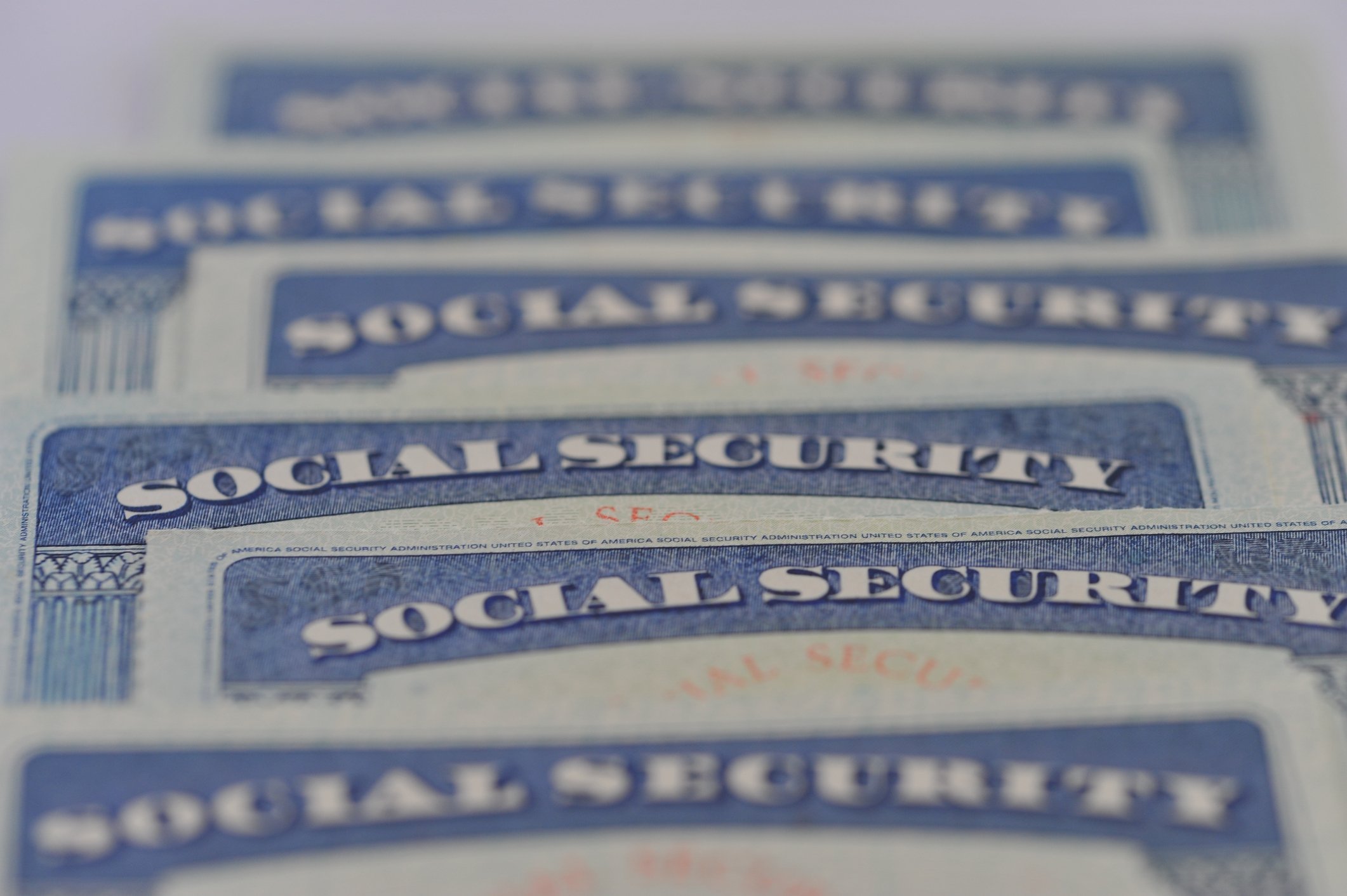You saved as best as you could during your younger years, but now you're on the verge of retirement and you find you've come up short. That doesn't mean you can't retire, but you will need to make some adjustments to your plan.
Phased retirement is a great way to help your savings go further, while still allowing you to enjoy some of the freedom of retirement. Instead of quitting the workforce all at once, you begin gradually stepping back, going from full time to part time and reducing your hours until you're fully retired. The benefits to this approach are plenty and I outline a few below.

Image source: Getty Images.
You won't need to draw on your retirement savings as much
The biggest advantage of a phased retirement is that you'll still be bringing in some income while you're working part time, so you will need to withdraw less from your retirement savings, for as long as you're still earning from the workforce.
Let's assume that you've determined that you will need $40,000 to cover your living expenses in your first year of retirement. For simplicity's sake, assume this amount is what you need after you've subtracted your Social Security benefits. If you retire all at once, you'd have to withdraw the full amount from your retirement account. But if you decided to work part time -- say, 20 hours a week for $20,000 per year -- you would now only have to withdraw $20,000 from your retirement savings. Meanwhile, that other $20,000 can stay in your account, where it will be worth $21,663 the next year, assuming an 8% rate of return. Even with a 3% annual inflation rate, that's still more than enough to cover next year's expenses if you keep working part time.
Using this strategy, your savings could last you several years longer than they would if you weren't working. If you have only fallen short of your retirement goals by a few years' worth of living expenses, you could work part time until you're on track again, and then retire completely.
You may be able to boost your Social Security benefits
Social Security benefits are calculated based on your average monthly income during the 35 highest-earning years of your life. If you didn't work for a full 35 years, you will have a number of zeros factored into your calculation, which will drag down that average, and lowering the amounf of your benefits. Part-time income may not do that much to boost it, but it's still better than showing no income at all.
In order to be eligible for Social Security benefits in the first place, you must have accumulated 40 credits, and one credit is considered $1,320 in earnings. The most you can earn in a single year is four, and even working part time, you should be able to reach this goal.
You may be able to delay required minimum distributions
The government mandates that all adults 70 1/2 and older must begin taking required minimum distributions (RMDs) from all of their retirement accounts except Roth IRAs. But there's an exception for adults who continue to work beyond this age as long as you don't own 5% or more of the company you work for. Unfortunately, if you're running your own business or working as a freelancer, you won't qualify for this exception.
The amount you're required to withdraw is determined by your age and the total balance of your retirement accounts. Failure to withdraw at least the RMDs will result in a 50% penalty on the amount not withdrawn.
The problem with RMDs is that they may be more than you wish to take out. You'll have to pay income tax on the money, and this could push you into a higher tax bracket, where you'll lose more of your retirement savings to the government than you'd planned on. If your retirement savings are barely sufficient as is, this could make your money run out even faster.
But if you can take advantage of the "still working" exception, you'll be able to withdraw less than your RMDs without penalty. That way, the rest can remain in your account and continue growing.
How to plan for a phased retirement
When you're ready to begin your transition to retirement, talk to your employer to see if they will allow you to begin working part time. Alternatively, they may allow you to work remotely, which may give you greater flexibility to travel or do other activities that you enjoy.
If your current employer will not permit part-time work, you may have to seek out another company that will give you this flexibility. Consider how much you would like to work each week and how much you would like to earn each month and then see what opportunities are out there that match this criteria.
After decades in the workforce, a phased retirement may not sound that inviting when you've been dreaming about leaving work behind completely. But it's better than letting your savings run dry in your final years of life. Explore your options and figure out how much a phased retirement plan could help extend your savings to decide if it's right for you.





